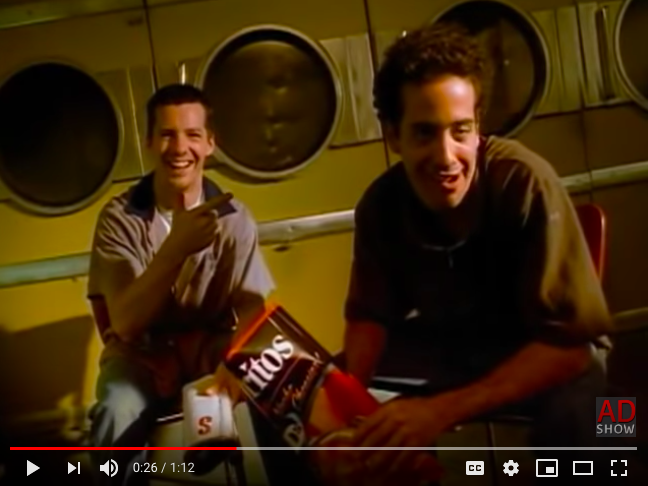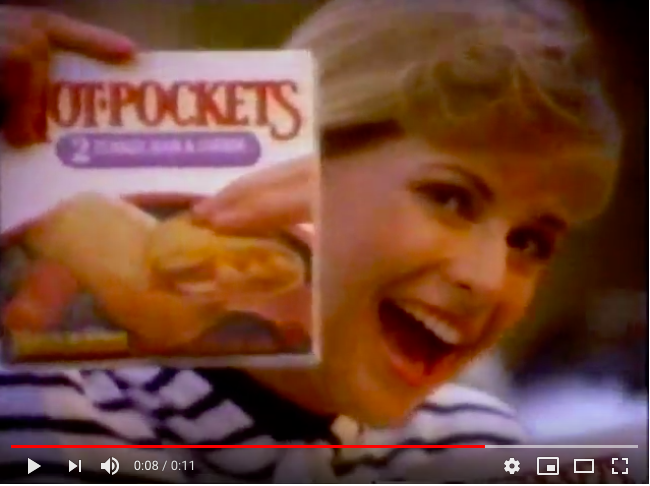Do Clichés Still Work in Advertising?

Do Clichés Still Work in Advertising?
Contributed ContentCertain clichés can still be a successful advertising strategy, but others should be avoided in any advertising campaign.
A large part of the advertising world is a sea of sameness. You look at a brand-new TV commercial and feel déjà vu: Either the message is conveyed the same or the setting is similar, and you think you have seen it before.
It’s hard for the video advertising world to completely avoid clichés. And it should make sense because the goal of advertising or TV commercial production companies is not the video itself but a message that sells.
Although uniqueness is a vital ingredient in a TV commercial, it’s not the be all end all. It’s not why ads are produced in the first place.
As a video production company, we have realized that whether a company or a brand is from New York or Los Angeles, it cannot altogether avoid clichés. Companies or brands have only a few seconds to get the attention of their audience and send their message, so it’s natural for them to fall back on clichés that have worked before.
Depending on the industry, there may be government regulations on what you can do or say in the TV commercial, limiting the breadth of creativity of the commercial.
Therefore, we don’t say that clichés are good or bad but rather that they cannot be ignored. However, there are clichés that still work and some that don’t anymore. Let’s take a look.
Clichés That Work in Video Advertising
Although these types of advertisements are clichés, they tend to be successful.
1. The “Boring” Guy Getting the “Gorgeous” Woman
An “attractive” woman who has eyes for a "nerdy" man or a famous supermodel falling for a "boring" guy is a cliché that has worked and will most likely continue to work.
Why? Understand that products such as colognes, beers, watches, or even energy bars target a specific set of men – the ordinary executive, sales guy, software engineer, etc. These men are most likely to buy a product that boosts their self-esteem or adds a little zing to their routine life.
However, this concept also works equally well for the interesting, attractive, or successful men who feel left out because of the boring man’s win.
Check out this Doritos ad from 1998.

In the Doritos ad, two men try to impress a woman at the laundromat by throwing Doritos into each other's mouth.
The Doritos ad worked, and as long as an ad like this sells your products, it’s a successful cliché.
2. The "Clueless" Dad
Fathers who are loving and well-meaning but often mess up while helping their children do a science project or cooking dinner on Mother’s Day are a safe and easy bet in the advertising world.
This works for various reasons. Fathers are, by nature, considered nurturing and protective. So, there are a lot of ads that show fathers in that light. However, ads that show dads in a more relaxed and lighter manner grab more of the audience’s attention. That’s because this concept doesn’t doubt the intention or ability of fathers but only some of their skills.
It’s charming to see a father burning a sandwich in order to cook breakfast for his wife on Mother’s Day. The hurdle is his lack of practice, which can be overcome by the product the ads are selling. Simple and easy.
Clorox has done this for several years.

In this ad (in a cross-promotion with the movie “Inside Out”), a father is making food for his daughter and accidentally drops it.
It shows the dad is working hard for his child even if he messes up. These ads work because they are endearing.
3. Encouraging Children and Teens to Enjoy Healthy Snacking
Teens are hard to tame in general, and making them eat healthy snacks is an age-old problem.
Typically, two hungry children (mostly teens) rush to the refrigerator to find a snack. This snack is often the product being advertised.
The concept goes back to at least 1982, when Kraft casseroles used it, followed by Hot Pockets in 1992.

Since then, numerous brands have used this cliché, and it’s evolved from more unhealthy snacks like Hot Pockets to healthier ones to encourage children to eat a well-balanced diet.
Clichés That No Longer Work in Advertising
These clichés may have worked at one point but are no longer successful advertising strategies.
1. The Scripted but Made-to-Look-Real Hidden Camera Footage
This is an ad with a weird camera angle and a spokesperson or a reporter asking people their opinion about a product.
Today, even young children are creating videos from mobile phones and know how to edit them. You cannot get away with this advertising cliché anymore. People can tell what’s staged and what’s not.
People know these ads are staged and not from real customers.
2. The Fake Philanthropy
These are when ads claim that a percentage of a company’s profits go to charities benefitting education, hygiene, women’s well-being, etc. Some of these advertisements are deceiving, so many people no longer buy into these ads.
It’s not only uncreative, but it can also be misleading. Even when you really are donating a percentage of your profits to charity, say it through news reports or press releases, not in your ads.
These days, people are not only better informed but also are choosy about the causes they wish to associate themselves with. You don’t want to assume all of your target audience wants to support the same charities you do.
3. The Person With Low Self-Esteem
There are some brands and industries that still want to appeal to people with low self-esteem. The problem with this cliché is that even those with low self-esteem don’t want to recognize this as a weakness.
People today are not only embracing weaknesses but also using them to their advantage. At the same time, they are aware of how they can be fooled by companies that use weaknesses to sell products.
Having said that, it indeed is true that brands often use a weakness to sell ideas or products.
However, it’s the age of the underdog. People like stories of an underdog winning and embracing what he or she lacks. It’s time to move on from this specific cliché and to empower people, not undermine them.
Create an Advertisement That Works in 2019
Many clichés have stopped working for customers because in the age of the internet, people have evolved to become smarter and more informed.
Some of these clichés also have been over-used by advertisers, making them easily recognizable.
The ones that still work, however, are not driven by trends but prick human civilization’s most emotional chords, such as attraction, hunger, and family values.
